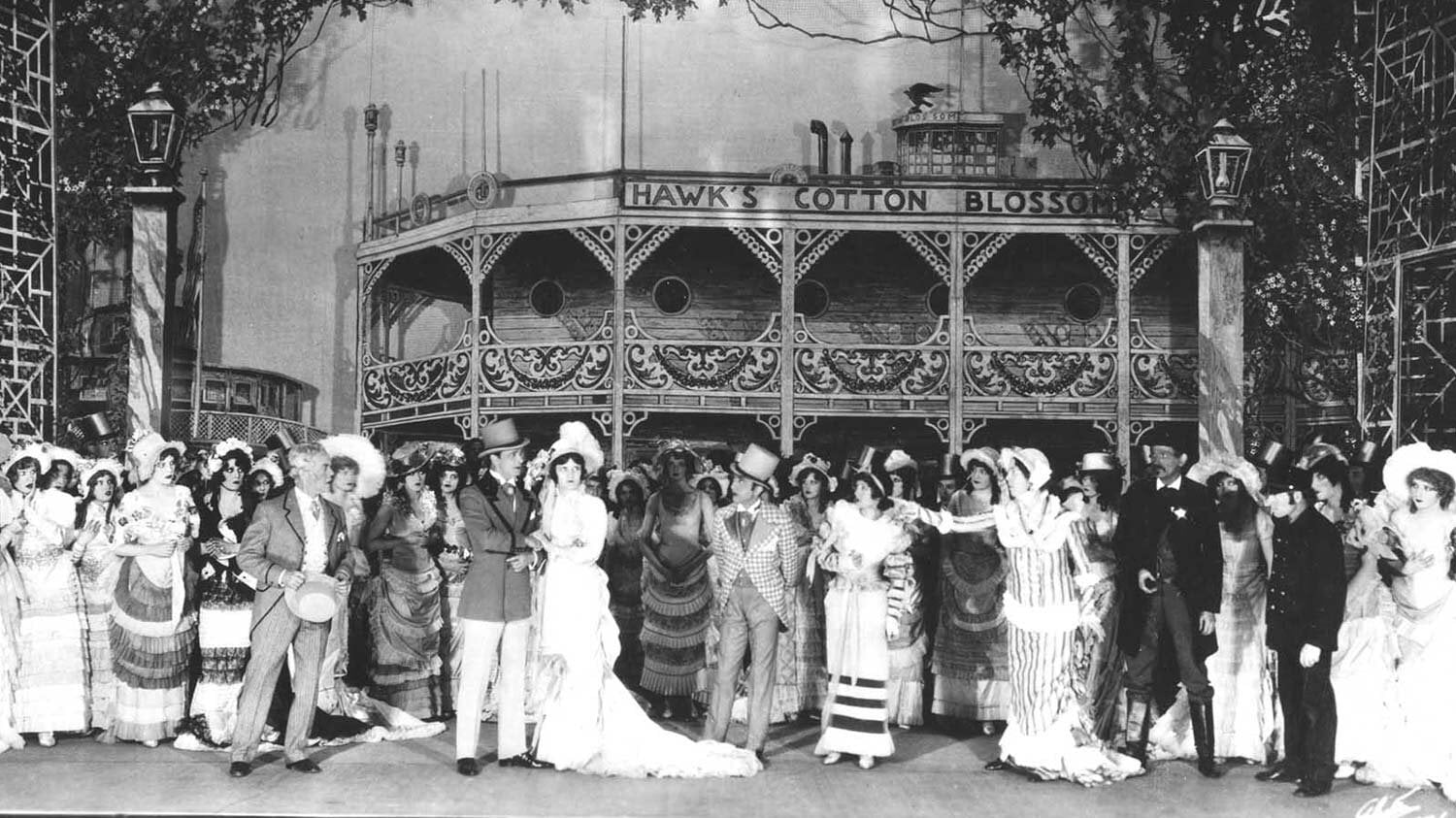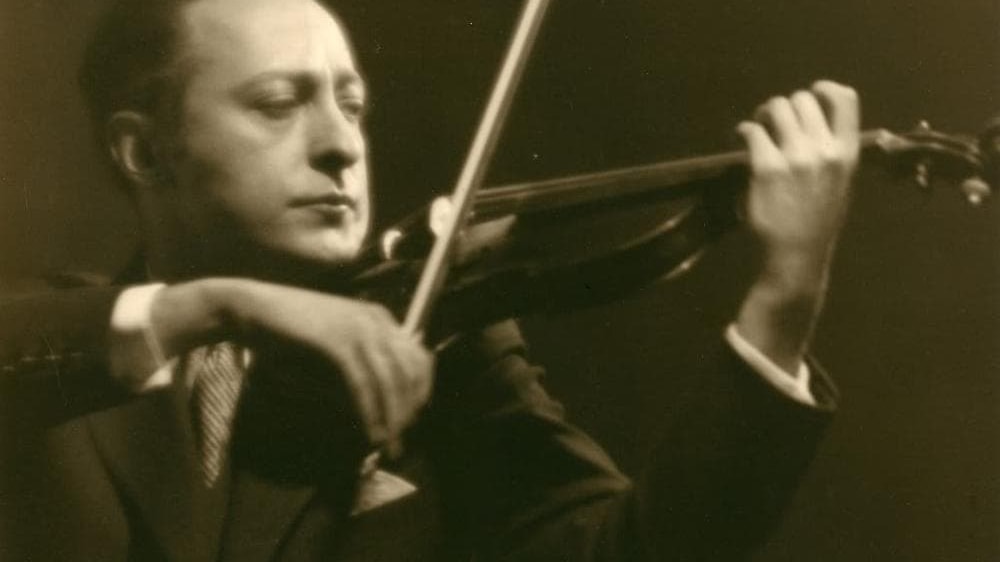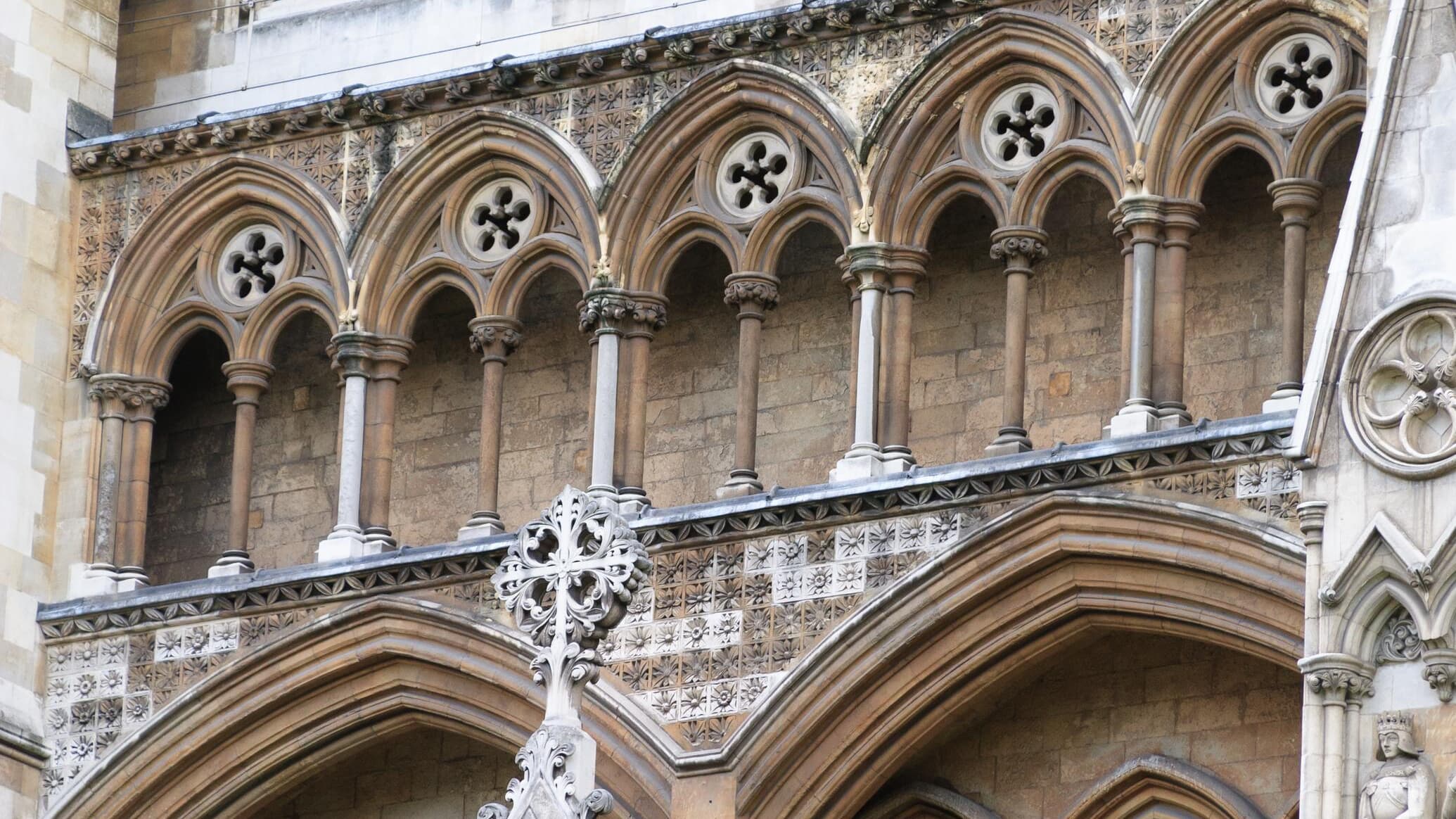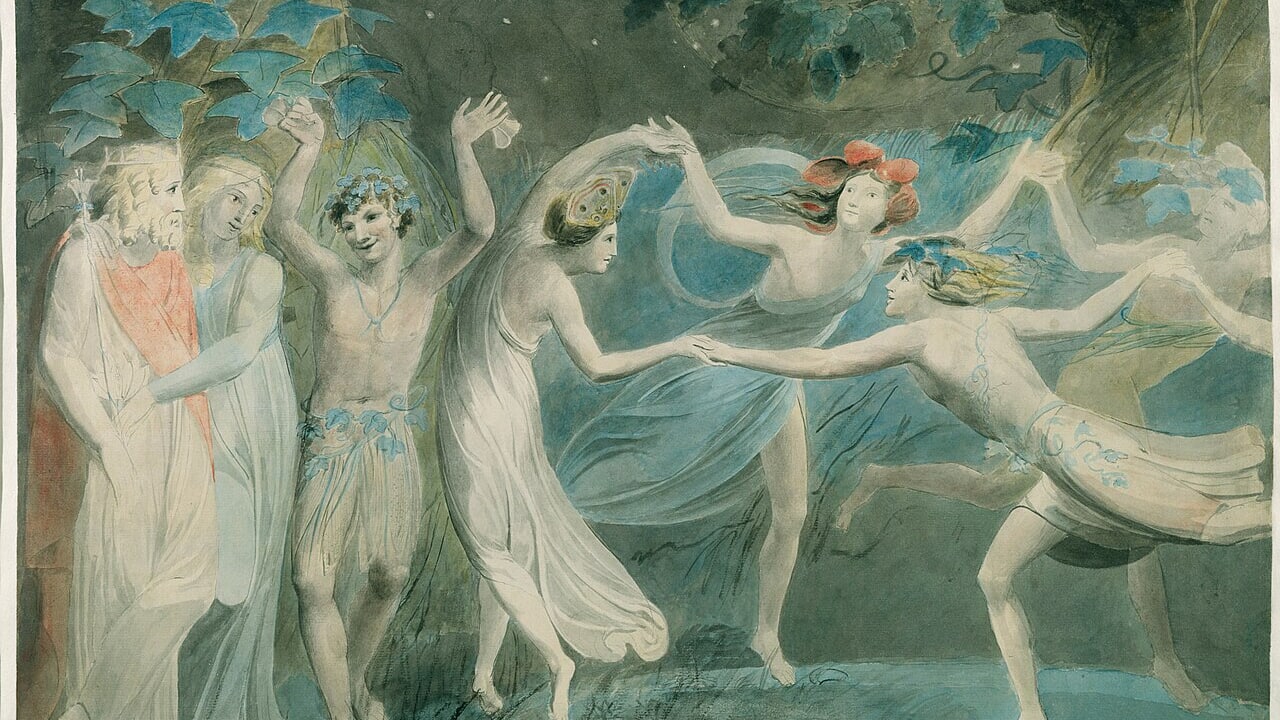“The Star-Spangled Banner”: The National Anthem as Arranged by Rachmaninov and Stravinsky
On September 14, 1814, after witnessing the bombardment of Fort McHenry by the Royal Navy during the Battle of Baltimore in the War of 1812, Francis Scott Key penned the words that would later form the National Anthem. The defining image of the poem was the sight of the U.S. flag, with its fifteen stars and strips, flying defiantly above the Fort following the battle. The triumphant image was central to the …







